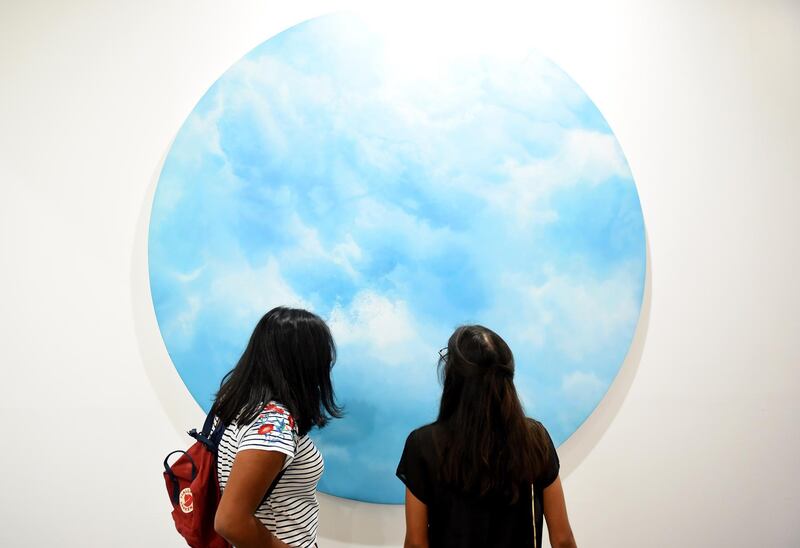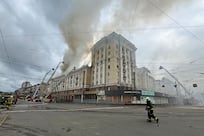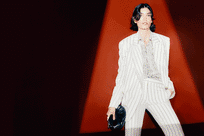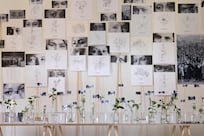In the past 10 years, the art scene in the UAE has expanded dramatically – it is now, in the words of Art Dubai director Myrna Ayad, the “MENASA region’s capital of culture.” In a short period of time, it has built institutions and a market, and developed artists and art professionals. The big change, though, is not only the establishment of a bonafide art scene, but the readying of the next step: the shift from a commercially-led activity to serious institution-building.
Sharjah was the locus of the art world in the 1990s and early 2000s, when the scene was more UAE-centric, with artists such as Hassan Sharif, Mohammed Ahmed Ibrahim and Mohammed Kazem at the forefront of expanding what could be considered as art beyond calligraphy and illustration, and a move towards conceptual norms. At the same time, commercial galleries – many of them initially from elsewhere in the region or set up by long-term migrants – began to emerge in Dubai, initially in the Bastakiya neighbourhood and DIFC. Galleries used Dubai as their base to sell work from a variety of cultures – Arab, Indian, Pakistani, North African, British, French – to an equally wide variety of local and international collectors. Some of the first internationally visible institutions to set up were likewise related to the market: Christie’s and Art Dubai began in 2006 and 2007, respectively.
_____________
Read more of our 10-year anniversary coverage here:
SPECIAL REPORT: Chronicling 10 years of change in the UAE
[ A decade on, the UAE music scene roars with progress ]
Technology has transformed every aspect of life in UAE
____________
For many, those early years after the 2007 crash were an extraordinary period in the UAE art world: incredible risks were taken because there was little to lose. The magazines Bidoun and Canvas chronicled the art world; Art Dubai set up the Global Art Forum and lured curators and theorists every March; and artists and professionals pushed for the UAE's first inclusion in the Venice Biennale, which came to fruition in 2009.
Slowly, consolidation took hold. Ayyam Gallery moved into Alserkal Avenue, a collection of warehouses in the industrial Al Quoz neighbourhood, and further galleries, enticed by cheap rents and the promise of a community, followed. Abdelmonem Alserkal, who owned the land, helped transform the area not only into the district where most contemporary art galleries are now located, but a cultural organisation in its own right.
Alserkal Avenue’s transition is indicative of the trajectory of the UAE art scene over the past 10 years. In 2018, the art scene has matured to the extent that it has both an audience and appetite for museums and institutions. Jameel Arts Centre will open on the Dubai Creek later this year; Louvre Abu Dhabi opened in late 2017; earlier that year, Alserkal Avenue launched the art space Concrete to showcase different exhibitions. The Sharjah Art Foundation, the country’s leading contemporary art space, has morphed from focusing on biennials – international art exhibitions that take place every two years – to year-round programming, a shift in focus also shared by Abu Dhabi Art.
The cultural scene has also been enriched by population changes. A number of non-Emiratis who grew up in Sharjah, Abu Dhabi and Dubai have returned to the UAE to contribute to the art scene here, turning it into a site that celebrates, both in the art made and via the people who make it, global diversity. In 2017, for the first time, the National Pavilion of the UAE – the UAE’s artistic representation at the Venice Biennale – included UAE-based artists who were not Emiratis, such as Lantian Xie and Vikram Divecha.
In the coming years, as the number of Fulbright grantees and PhD students investigating the region suggests, a new area of focus will be on writing and preserving a history of the UAE art scene – a very non-Dubai shift from the future to the past.







